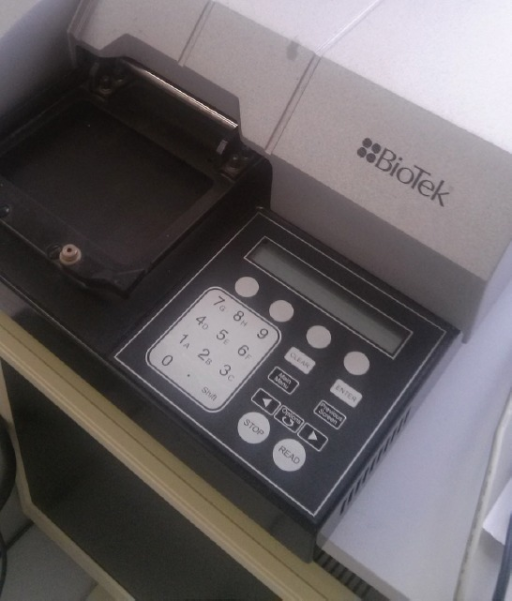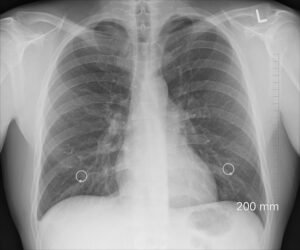Introduction and self debate on autoimmune testing result
I am still debating with myself this topic. I am worried that individuals (health care providers and patients) might overinflate the benefit from “helpful autoimmune labs patterns” The reason being that sometimes for the same exact lab pattern, I would manage 2 patients differently. The reason that I depend mostly on history and physical exam. When I evaluate a symptom, especially a common one in the community, I try to find other common reasons before assuming that it is autoimmune. Some examples below:
- 1.Dry eyes, mouth, and vaginal area: Dehydration, diabetes, medications (such as allergy meds), and thyroid disease
- 2.Rash: If itchy allergies, if worse with heat or cold then less likely autoimmune, if scaly then psoriasis
- 3.Hair loss: low iron level, low vitamin D, low zinc, long list of nutritional deficiency, menopause, pregnancy, post-delivery, traction 4.alopecia (pulling hair to braid it), endocrine issue, and even stress.
- 5.Mouth or nose sores: if on lips then cold sores (from viruses-including chronic), if white lacey looking then lichen planus, if white and can be scrapped off then fungus, if areas around check could be related to teeth and bite.
- 6.Joint pain: the most common reasons are trauma (even something minimal as twisted ankle), wear and tear from overuse, wear and tear from repetitive movements, wear and tear from aging.
You get the idea.
Suggested helpful autoimmune labs patterns
Talking about lab patterns, I am usually extremely careful when patients present with antibodies above age 50 and specifically above 60, as autoimmune antibodies (autoimmune testing results) can develop due to malignancy. I don’t mean to freak out people with positive labs. The majority of people with positive ANA (one of the most if not most common false positive autoimmune test) do not have any disease. But below I will start with only one positive lab, then go to patterns. This comes from my experience; another Rheumatologist might disagree with some of my list
RNP alone. I ignore it.
High C3 and/or C4: this is a normal reaction even if other autoimmune labs are abnormal
Low C3 and/or C4 alone: consider liver disease regardless of cause of liver disease. In absence of liver disease, I take it seriously as autoimmune disease indication especially if both. If only low C4, it could be genetic deficiency
SSB alone: generally, not that important but makes me think Sjogren syndrome.
Anti-centromere alone: generally, not important but can be seen in vitiligo, primary biliary cholangitis, and scleroderma. But for the latter, I would expect ANA by immunofluorescence positive too.
TPO antibodies alone: this is not Rheumatological disease antibody, this is thyroid disease antibody. I usually send it to find explanation for positive ANA by immunofluorescence
ANA by Immunofluorescence positive alone, likely not important. I don’t care much for the pattern as I do not trust most labs. Now computers read patterns rather than humans. Which made that test messy. Usually titers 1:160 and below are considered negative.
Rheumatoid factor alone: Ok I think Rheumatoid, but also chronic viral hepatitis, and in the elderly multiple myeloma. Therefore, I might send SPEP/UPEP. Serum protein electrophoresis and urine protein electrophoresis. But this test can be even present in normal population.
SSA alone: could be Sjogren but commonly no clinical meaning especially if low titer. But if patient is a woman with consideration of pregnancy, I recommend that she sees high risk pregnancy clinic regardless of her diagnosis as this antibody possess a higher risk of complications to fetus.
Anti-smith (trustworthy): Even if alone (although rarely seen alone, usually ANA by immunofluorescence is positive unless the computer failed at reading the ANA which happens rarely), I think lupus. As with other antibodies if patient is above 60, I think could this be antibody to malignancy.
Anti-CCP alone (trustworthy): likely Rheumatoid arthritis. If low titer, could be seen in smokers and Psoriatic arthritis patients.
SSA and SSB, SSA and Rheumatoid factor, OR SSA and polyclonal result on SPEP/UPEP: I think Sjogren syndrome
ANA by Immunofluorescence and SSA, ANA by Immunofluorescence and SSB, ANA by immunofluorescence and RNP, ANA by Immunofluorescence and Rheumatoid factor, or ANA by Immunofluorescence and centromere antibody positive. Basically, ANA by Immunofluorescence with one NON trustworthy antibody. I do not know. It could be false positive, Rheumatoid arthritis, Sjogren, lupus, or malignancy. If I suspect clinically autoimmune joint pain but can’t find the diagnosis, I call it undifferentiated connective tissue disease.
Rheumatoid factor and anti-CCP: usually this are one of the most and few combinations I trust, especially if high number. This is likely Rheumatoid arthritis.
ANA by Immunofluorescence and SCL-70 both on high number (titer) I consider scleroderma
ANA by Immunofluorescence and anti-centromere antibody. This one I will get the most backlash at from Rheumatologist and other health care providers. Classically can be seen in vitiligo, primary biliary cholangitis, and scleroderma. In fellowship, we were taught that this mainly means scleroderma.
Explanation of why autoimmune testing results alone are not enough
With more use and abuse of autoimmune lab testing, I have seen this combination in patients with no clinical problems at all. I have also seen it mainly in uncontrolled diabetic patients. Of course, we cannot make that latter connection as Diabetes mellitus is so common that this is likely co-incidence but made me think. I will leave it at that. My apologies to the scleroderma expert who once trained me, but community practice is a different beast.
Notes on certain diagnosis. Diagnoses of mixed connective tissue disease were overly used by primary care and Rheumatologist. I am glad it is being used less. That entity existed but it is quite rare. Also, usually one disease pattern prevails clinically. Such as lupus nephritis, scleroderma fingers(sclerodactyly), myositis muscle weakness (due to destruction of muscles), or Sjogren syndrome lack of tears and saliva production. You get the idea.
It is quite rare to have a patient with scleroderma fingers, Rheumatoid arthritis joint erosions, myositis, and lupus nephritis. I have few patients with 2 diseases, lupus (anti-smith) and hand erosion from rheumatoid arthritis. However, I cannot think of a single mixed connective tissue disease. Probably, university professors have some as usually, sickest of patients gravitate towards universities. Also, if you have been teaching Rheumatology for 30-40 years, you have seen cases that are quite unique.
Where to go from the autoimmune testing result?
Long story short, do NOT depend on the above to tell yourself or patient that you have this or that only based on autoimmune testing results. It lets you know what to read next possibly, although I prefer you read about your symptoms first. It could allow you to have some expectations on what Rheumatologist will tell you.

Delic-Sarac M, Mutevelic S, Karamehic J, Subasic D, Jukic T, Coric J, Ridjic O, Panjeta M, Zunic L -Acta informatica medica : AIM : journal of the Society for Medical Informatics of Bosnia & Herzegovina : časopis Društva za medicinsku informatiku BiH(2016)




Comments
Pingback: Diabetes arthritis and pain quick guidance. ANA and Diabetes - Medical Hermit